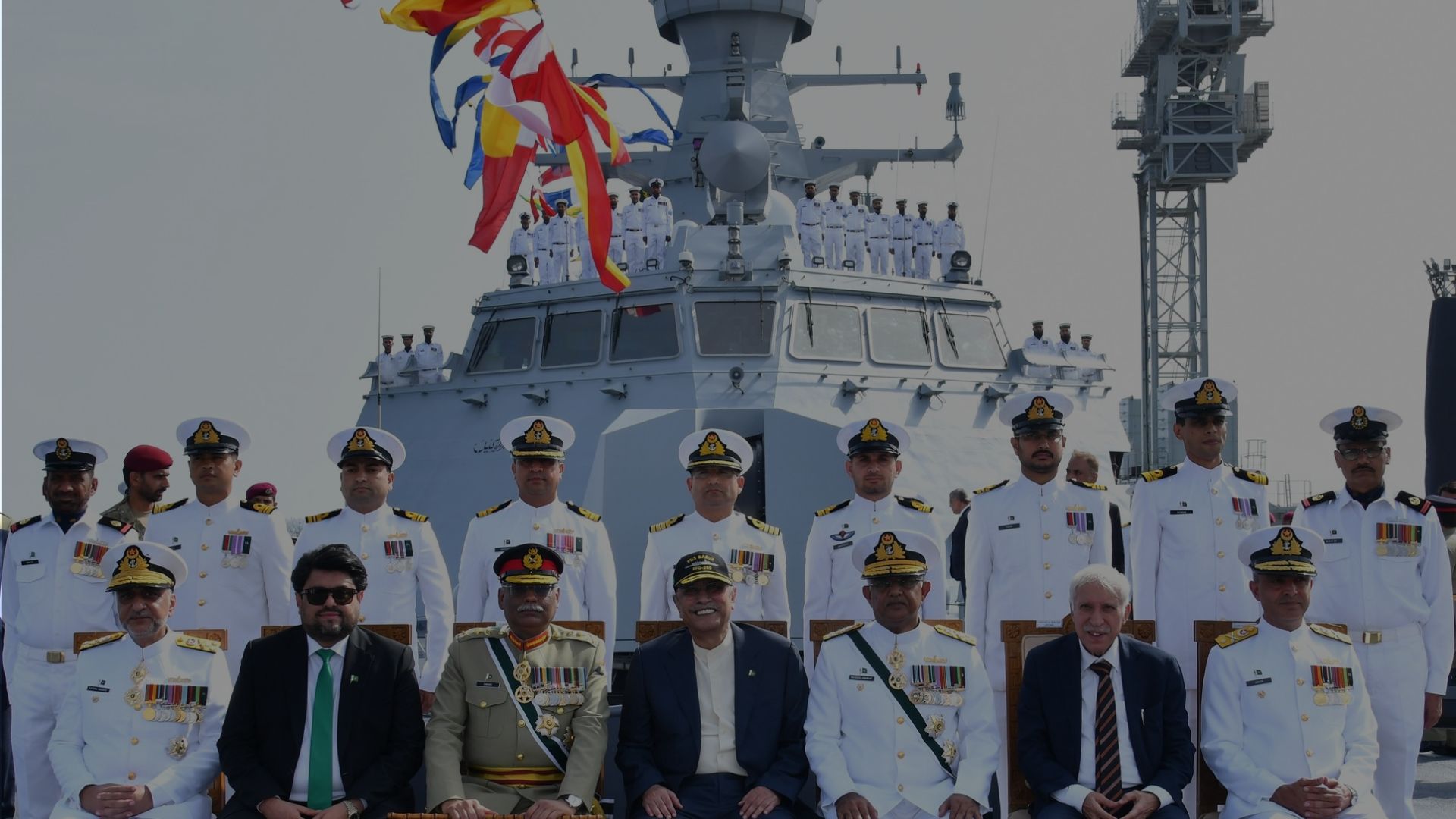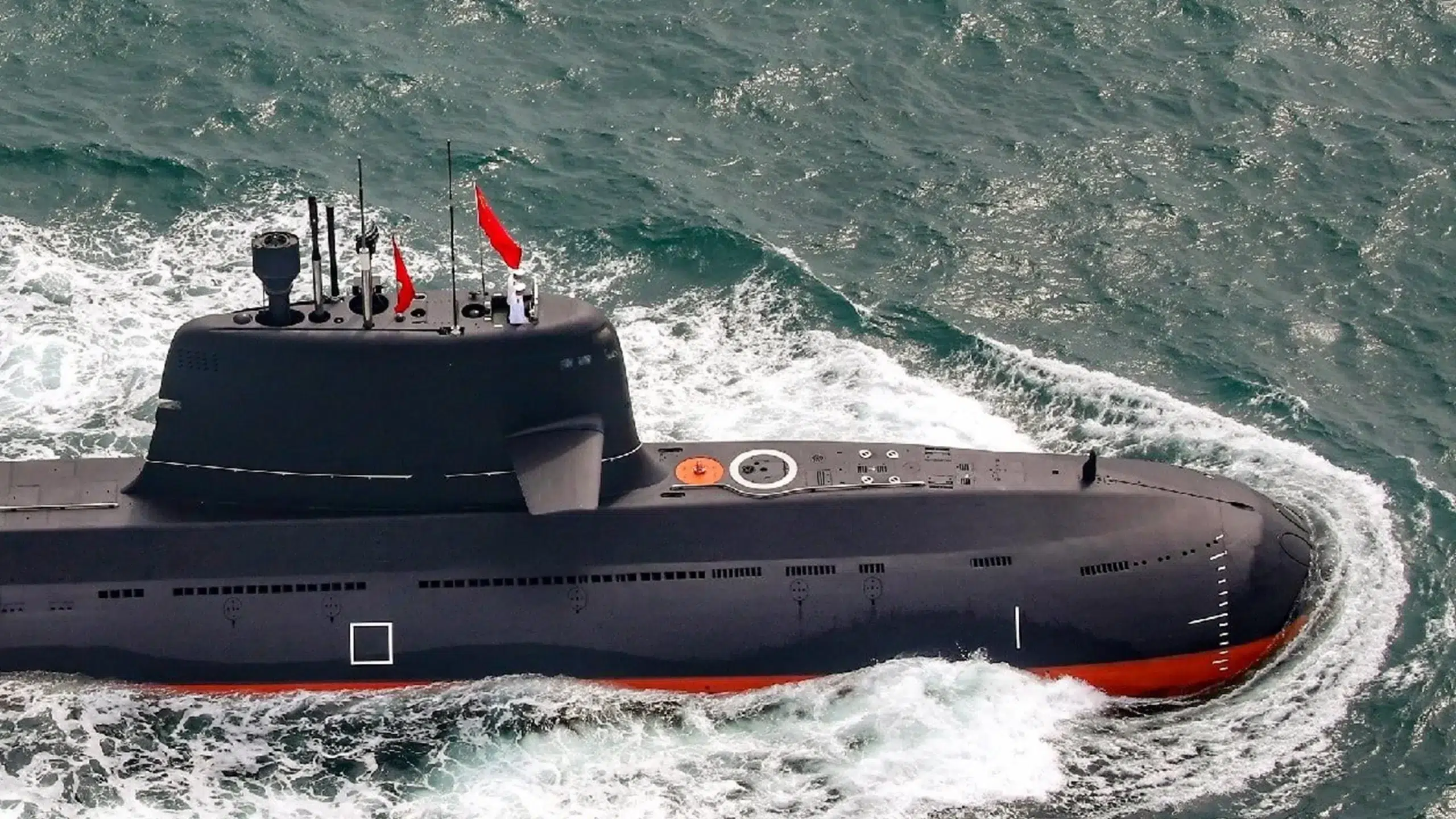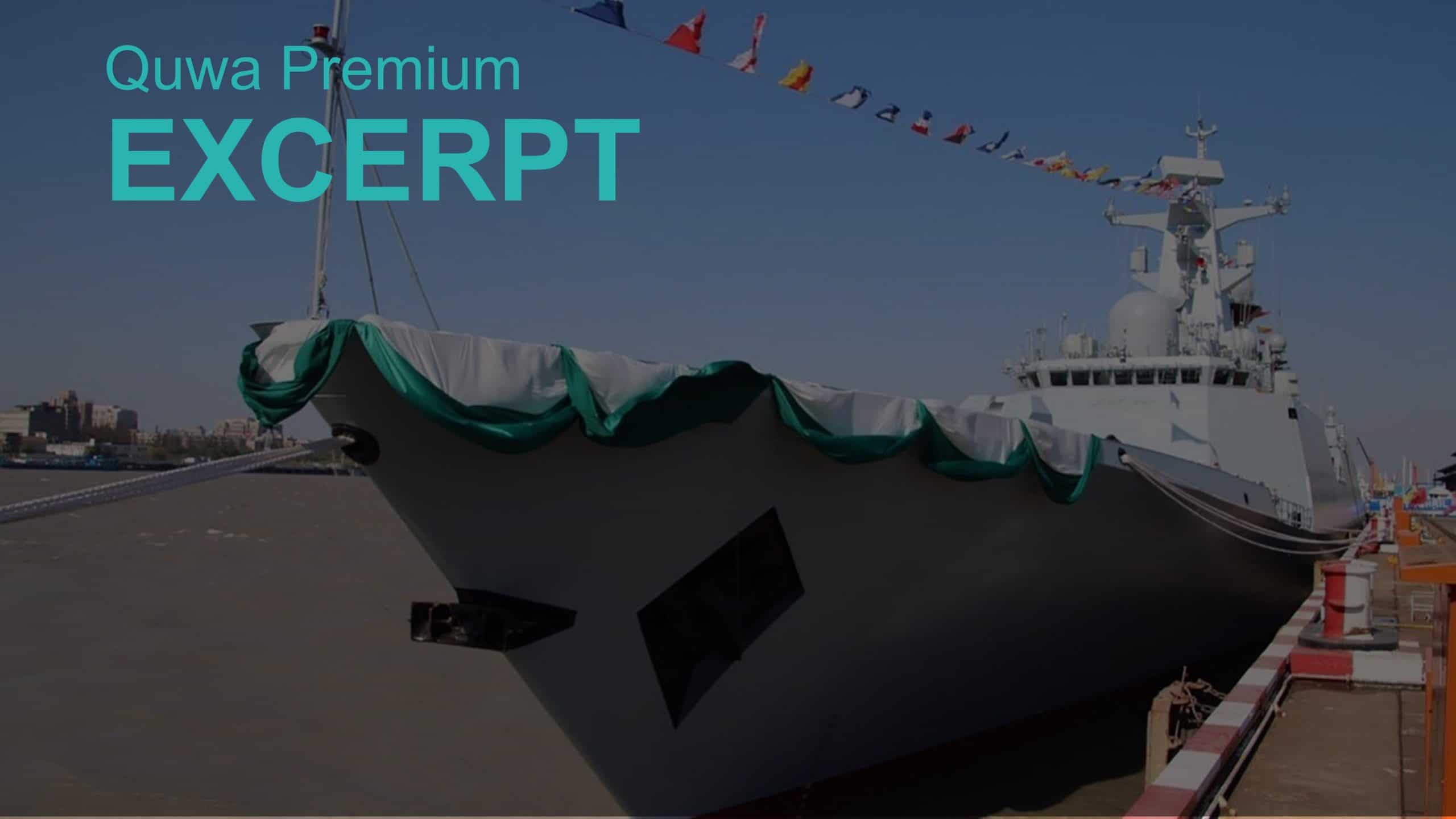5141Views

Pakistan Navy Inducts New Ships – PNS Babur and PNS Hunain Quwa Premium
Bilal Khan
Founder of Quwa, Bilal has been researching Pakistani defence industry and security issues for over 15 years. His work has been cited by Pakistan's National Defence University (NDU), the Council of Foreign Relations, Bulletin of Atomic Scientists, Centre of Airpower Studies and many others. He has a Hons. B.A in Political Science and Masters of Interntional Public Policy from Wilfrid Laurier University in Waterloo, Ontario, Canada.
On 06 September, the Pakistan Navy (PN) formally inducted two new multipurpose surface combatants – i.e., the MILGEM corvette PNS Babur, and the offshore patrol vessel (OPV) PNS Hunain. The two ships were acquired from Turkiye and the Netherlands, respectively.
The two programs – i.e., the PN MILGEM and the Damen OPV 1900/2600 – are key pieces of the PN’s fleet modernization and expansion efforts. In 2020, the PN leadership at the time revealed that the force was aiming to grow its surface fleet to as many as 50 ships, of which 20 will be “major surface vessels.”
Background on PNS Babur
The PNS Babur is the lead ship of the PN MILGEM corvette program. It has a displacement of 2,985 tons and a length of 108.2 m.
The Babur-class corvette’s main armaments include six anti-ship cruising missiles (ASCM) loaded in a dual triple-cell configuration. These ASCMs could be either the Harbah subsonic ASCM, CM-302 supersonic ASCM, or the P282 (which may be a ballistic missile). The anti-surface reach of the Babur-class corvette could span from 280 km (via the CM-302) to as high as 450 km to 750 km (via the Harbah, which may be derived from the Babur land-attack cruise missile).
In addition, the Babur-class corvette is also configured with a single 76 mm main gun, lightweight anti-submarine warfare (ASW) torpedoes via dual triple-cell system, and a 12-cell vertical launch system (VLS).
The VLS will carry the MBDA Albatros-NG or Common Anti-Air Modular Missile (CAMM-ER) surface-to-air missile (SAM) system. The CAMM-ER offers a stated range of in excess of 40 km.
The corvette’s sensor suite centers on a variant of the SMART-S Mk2 maritime surveillance and targeting radar produced by Turkish defence electronics supplier Aselsan. Havelsan supplied the corvette’s combat management system (CMS) via its ADVENT suite. In addition, Aselsan also supplied its ARES-2NC electronic support measures (ESM) suite. Finally, the corvettes leverage the Naval Information Exchange System (NIXS), a domestically built data-link suite developed with support from Turkiye’s MilSoft.
Pakistan ordered the four ships in July 2018 from Turkiye’s ASFAT A.Ş. (Military Factory and Shipyard Corporation). Under the $1.5 billion USD deal, the PN was to acquire four corvettes as well as an original frigate design developed in collaboration with ASFAT A.Ş.
Turkiye’s Istanbul Naval Shipyard and Pakistan’s Karachi Shipyards and Engineering Works (KSEW) each built two of the four corvettes. The last corvette of the program was launched for sea trials by KSEW – the PNS Tariq – in August 2023.
Once the Babur-class corvette program concludes, the PN will shift its focus towards the Jinnah-class frigate, which it designed with support from ASFAT A.Ş. The Jinnah-class frigate will have a displacement of 3,300 tons and a length of 119.45 m. The PN has yet to disclose how many Jinnah-class frigates it intends to acquire, but reports claim that Naval Headquarters (NHQ) could be planning for six frigates.
Log in or subscribe to read the rest of the article
End of excerpt (488/1,148 words)
Note: Logged in members may need to refresh the article page to see the article.


